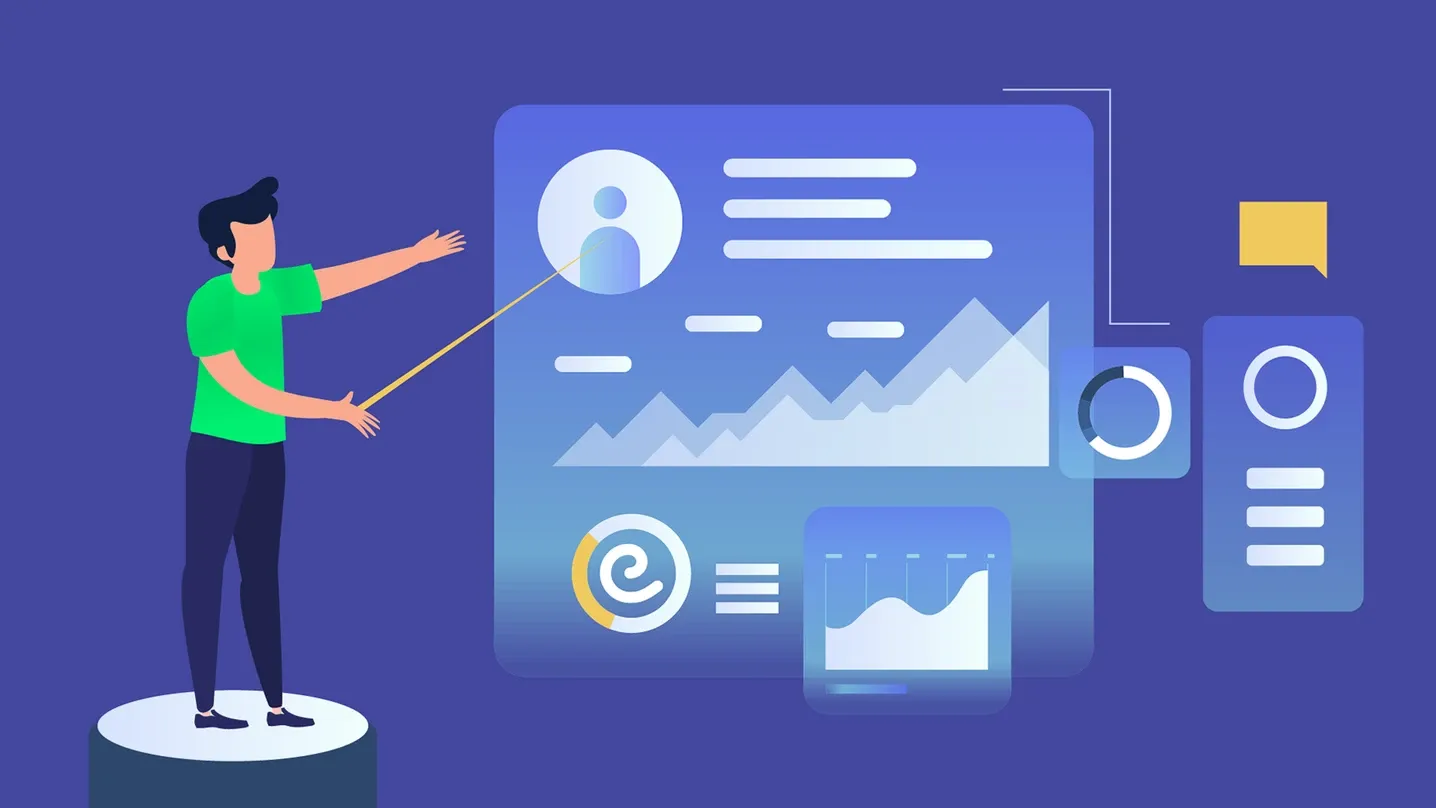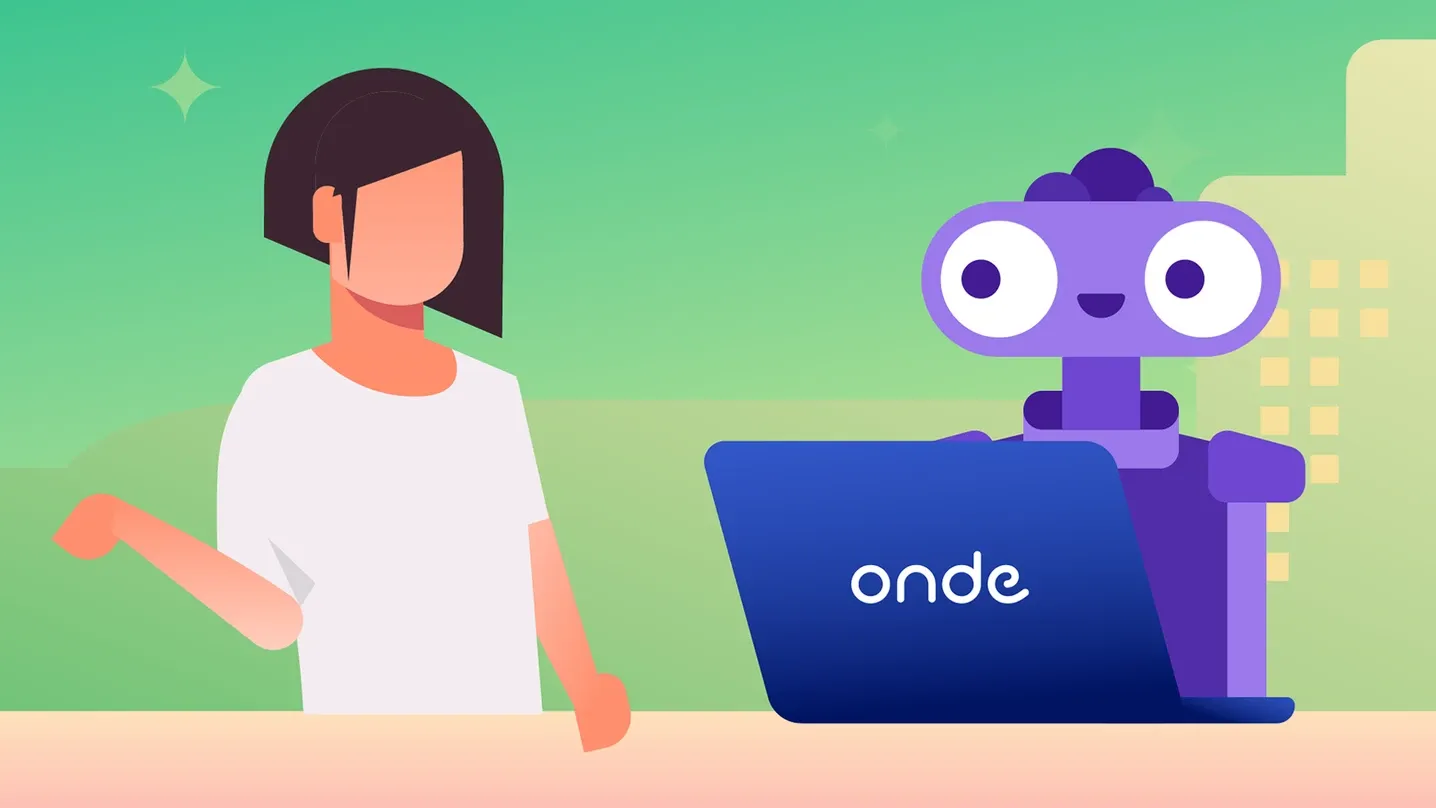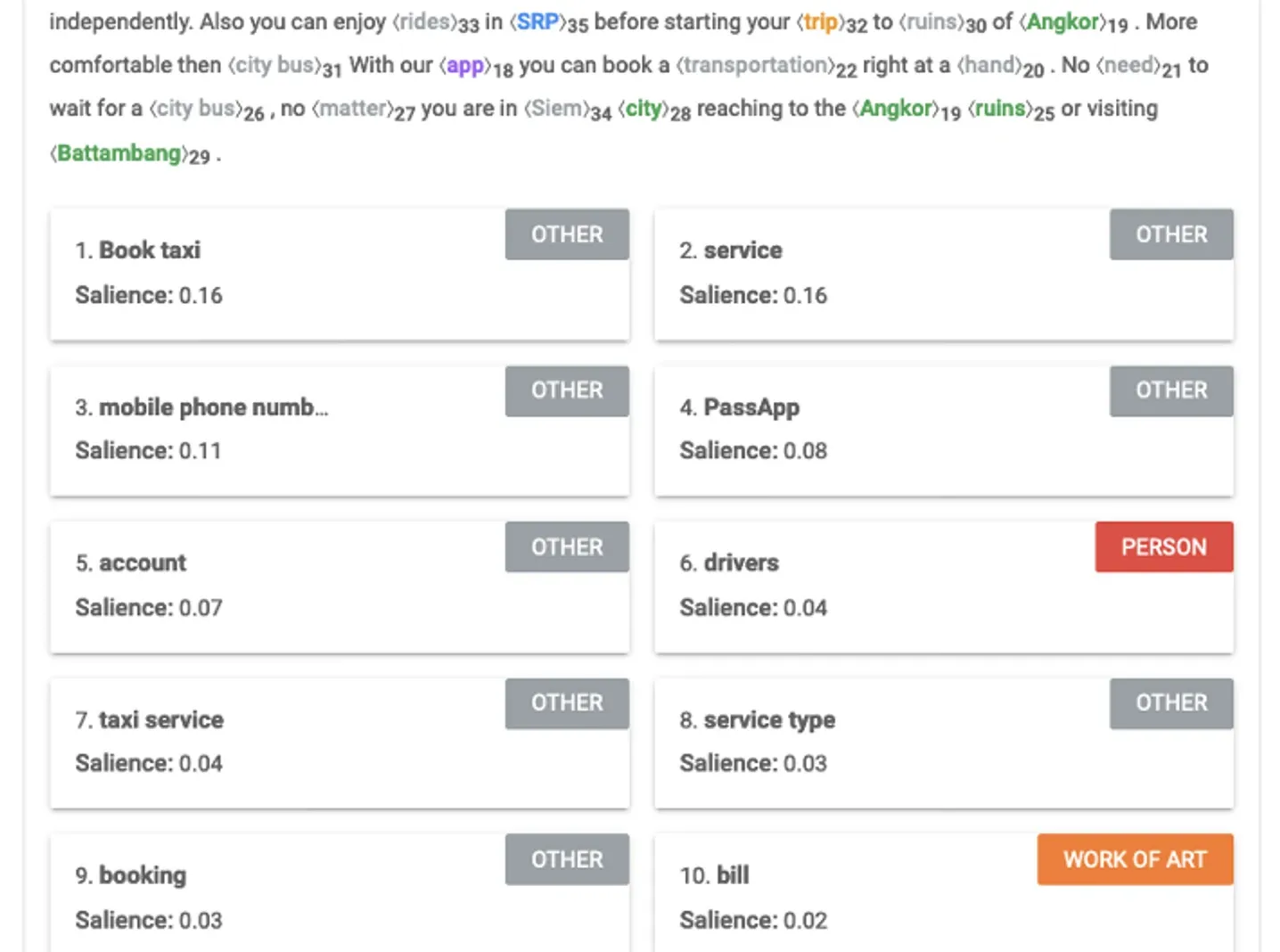Google Play Store search algorithm, explained
Many people believe app store optimization works completely the same for Google Play Store and Apple App Store. They couldn't be more wrong! The search algorithms of Google and Apple are different. They accordingly require different ASO strategies. For starters, the Google Play search algorithm is more complex and harder to predict. Let’s have a closer look at it.

AI and machine learning in Google Play search
Your app's visibility in Google Play Store depends on what Google AI tool knows about this mobile app. The machine learning model of Google registers the activity of a particular user and delivers personalized Google Play search results. I’m sure you recognize a situation: after googling a pair of sneakers, you get context ads with these very sneakers all over your desktop. A very similar algorithm is responsible for your app's visibility in Google Play Store.
When you look for apps in App Store, the App Store search algorithm checks which mobile apps have relevant keywords in their description, and assesses the ASO weight of these words. Then, Apple App Store forms a list of apps fitting your search terms.
Google does the same, but then the magic happens. Its AI checks your previous activity, such as search queries, app downloads, and more, and adjusts the listings accordingly. Each search result we get on Android devices is unique. Google makes it consistent with our search history.
So how do I improve my app’s position in store listing?
Make your app description understandable to Google Play search algorithm. This is not about just stuffing the app's short description and long description with popular and relevant Play Store search keywords. It's about making your short and long descriptions relevant to the general purpose of your mobile app.

For example, simply using the Google Play search keywords “taxi”, “transfer”, “driver”, and “ride” all over the metadata doesn't qualify as a good Google Play Store optimization strategy. Phrases like “Book a taxi in London”, “Order taxi ride or transfer to the London airport”, “Taxi booking app to get a car with driver in London” in your app's long description make more sense to the search engines.
Google Play Store uses machine learning to train its search algorithm to understand what your Android app is all about, its features, possibilities, locations of the services, etc. Your task is to tell Google your mobile app works in given locations, has a great user experience, and is altogether relevant to the target audience (or to their search history, to be exact).
Can I see what Google thinks of my app’s long description?
Yes!
A few years ago, Google released the Cloud Natural Language (Cloud NL). It analyzes texts, classifies them, picks salient words and blocks of words from it. ASO practitioners use Cloud NL to check the Android app's long descriptions to be sure that Google understands them well.
Ride-hailing apps should be attributed to the category /Travel/Car Rental & Taxi Services. So after preparing your mobile app's full description, paste it in Cloud NL and check the category result. Strive to get the highest confidence — the 0.99 mark.

Full description classification of an Android ride-hailing app
How to describe my Android app properly?
Cloud NL extracts words and sentences from the text. It classifies them and calculates the salience score for the whole text. Salience means the importance of the word for the text. So “taxi”, “book taxi”, your location, “booking”, etc., should be keywords with the highest salience in your analysis. The same highly relevant keywords you use in the app name, app title, short and long description, and even in the screenshots should show a high salience in Cloud NL.

Cloud NL analysis of the particular words from PassApp Cambodia full description
To gain salience for relevant keywords in the description, write proper sentences. Don't stuff a description with the same keywords. Instead, write complete, human sentences using other keywords. The good syntax is essential here.

Cloud NL syntax analysis of Android app full description
Final thoughts on Google Play Store Search optimization
Google Play SEO optimization is not an easy task. Making a text that would appeal to both humans and Google Play Search AI can be tricky. However, app store optimization specialists know that only a few percent of users read the long description of the apps. So performing keyword research and actively using its results to adapt your mobile app's description to the search engine requirements is a smart move.

Google Play SEO optimization is also about finding the best option for your long-term results. Some app developers prioritize boosting search rankings over readability, making descriptions unreadable. Others would rather sacrifice best SEO practices to sound clear to the app users. A/B tests help to find your own way. At Onde, we do believe the truth is somewhere in between and look for the best way to satisfy both customers and Cloud NL.
